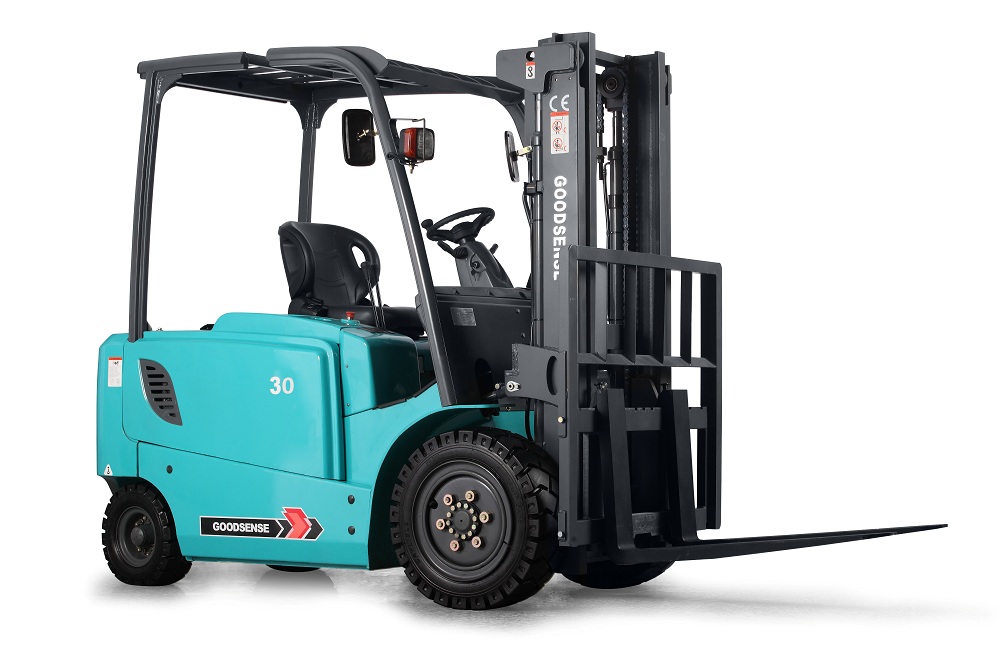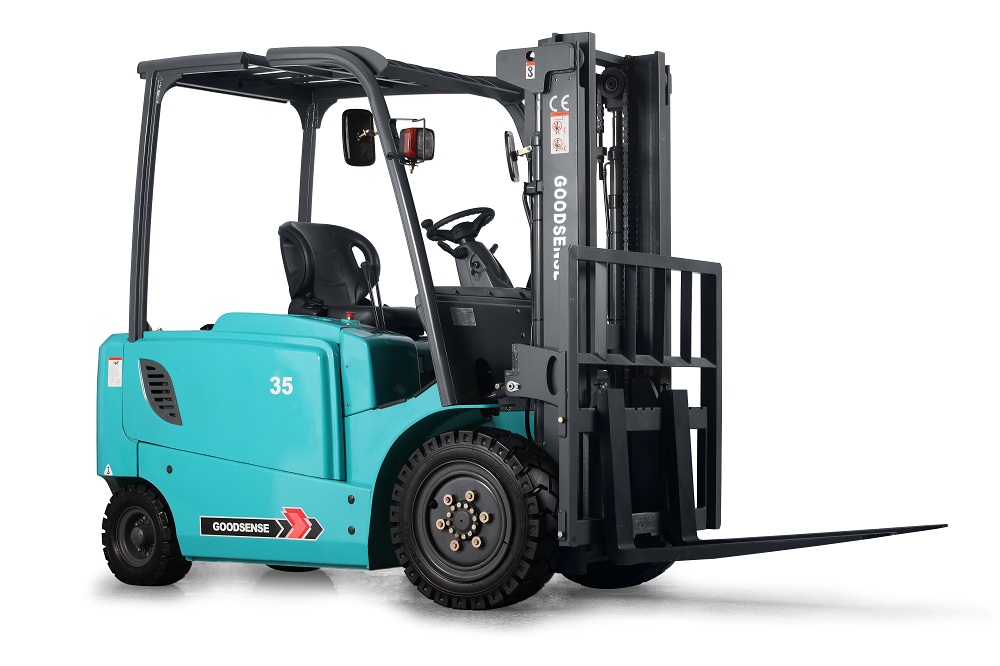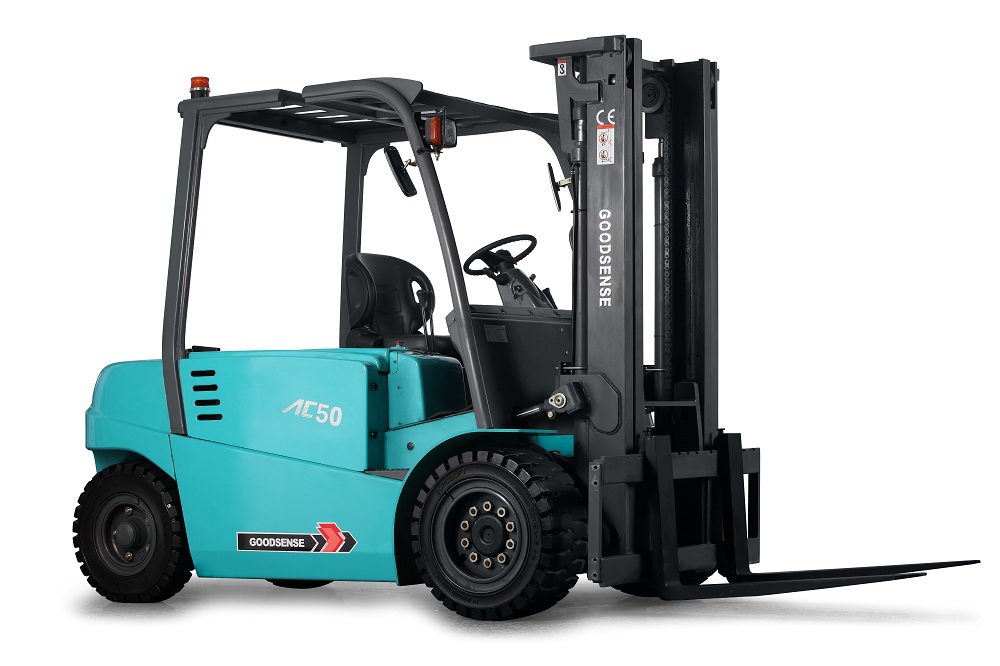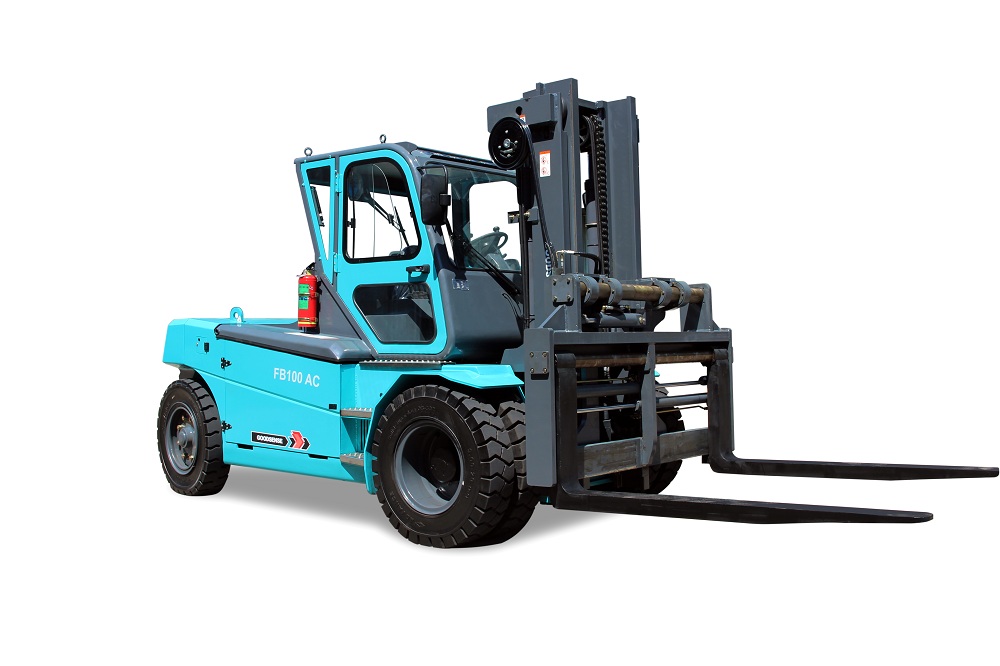General 1.1 To guide the development of waste battery environmental management, treatment and disposal, resource regeneration technology, standardize waste battery treatment and disposal, resource regeneration, prevent environmental pollution, promote social and economic sustainable development, according to the "People's Republic of China solid waste pollution prevention and control The Law, such as the relevant laws, regulations, policies and standards, to develop this technical policy. This technical policy is revised in a timely manner with the development of social economy and technology level. 1.2 The waste batteries referred to in this technical policy include the following wastes: Various primary batteries (including button batteries) that have been discarded due to loss of use value, rechargeable batteries, etc.; Has lost use value is discarded lead-acid batteries and other battery or the like; A dedicated battery pack of various electrical appliances that have been discarded and has been discarded, and a single battery therein; Non-conforming products, scrapped products, expired products, etc. produced during the production, transportation and sales of the above various batteries; Mixed waste materials such as mixed waste materials produced by the above various batteries in the production process; Other waste chemical power sources. 1.3 This technical policy applies to the technical selection of pollution prevention and control in the whole process of classification, collection, transportation, comprehensive utilization, storage and treatment of waste batteries, and guides the planning, project establishment, site selection, design, construction, operation and management of the corresponding facilities. To guide the development of related industries. 1.4 Waste battery pollution control should follow the basic principles of battery product life cycle analysis, actively promote clean production, implement the principle of whole process management and total pollutant control. 1.5 Key waste battery pollution control mercury-containing batteries is spent, spent nickel-cadmium batteries, waste lead-acid batteries. Gradually reduce and eventually use mercury in a battery production, safe, efficient, low-cost collection, recycling or safe disposal of waste nickel-cadmium batteries, waste lead-acid batteries and other environmentally harmful waste batteries. 1.6 Waste mercury oxide batteries, waste nickel-cadmium batteries, and waste lead-acid batteries are hazardous wastes and should be managed in accordance with the relevant regulations and standards for hazardous wastes. 1.7 Encourage the scientific research on the development of new batteries for waste battery pollution, pollution laws and small environmental impacts, and determine the corresponding pollution prevention and control measures. 1.8 By publicizing and popularizing waste battery pollution prevention knowledge, raising public awareness of the environment, promoting public understanding of waste battery management and its possible environmental hazards, and achieving scientific, rational and effective management of waste batteries. 1.9 The people's governments at all levels shall formulate measures such as encouraging economic policies, speed up the collection, storage, resource recycling, treatment and disposal systems and facilities for waste batteries that meet environmental protection requirements, and promote the prevention and control of waste battery pollution. 1.10 This technical policy follows the general principles of the Technical Policy for the Prevention and Control of Hazardous Waste Pollution. 2. Battery production and use 2.1 Develop technical standards for battery classification and identification to facilitate the classification and collection of waste batteries, resource utilization and disposal. The battery classification logo shall include the following: Need to recycle the recycling mark of the battery; Need to recycle the type identification of the battery; Identification of the content of harmful components in the battery. 2.2 Battery manufacturers and other manufacturers who commission other manufacturers to produce their own branded batteries should be marked on the batteries they produce in accordance with national standards. Appliance manufacturers using dedicated internal batteries should label the battery classification mark on the products they produce in accordance with national standards. 2.3 The battery importer should require the foreign manufacturer (or distributor) to mark the battery on the battery exported to China according to the Chinese national standard, or the importer should paste the mark marked according to the Chinese national standard on the imported battery. 2.4 Appliances using batteries should be designed with an easy-to-remove battery (or battery pack) structure, and the instructions for use, installation and removal of the batteries, and the disposal methods after the batteries are discarded are specified in the instruction manual. 2.5 It is prohibited to produce and sell mercury oxide batteries in accordance with relevant state regulations. Prohibiting the manufacture and sale of mercury batteries is greater than 0.025% by mass of manganese and zinc alkaline manganese batteries according to state regulations; From Jan. 1, 2005 to stop production greater than 0.0001% of mercury alkaline manganese batteries. Gradually increase the proportion of alkaline zinc-manganese batteries containing less than 0.0001% of mercury in primary batteries; gradually reduce the production and sales of paste batteries, and finally realize the elimination of paste batteries. 2.6 Relying on technological advancement, limit the use of harmful elements such as cadmium and lead in the relevant batteries by setting standards for the highest levels of cadmium and lead in batteries. Encourage the development of a lithium ion and a nickel metal hydride battery (NiMH battery for short) production of rechargeable batteries and the like, replace nickel-cadmium rechargeable battery, reduce the production and use of nickel-cadmium batteries, nickel-cadmium batteries final phase in the civilian market. 2.7 Encourage the development of low-consumption, high-energy, low-pollution battery products and production processes and technologies. Encourage battery production using recycled materials. 2.8 Strengthen publicity and education to encourage and support consumers to use high-energy alkaline zinc-manganese batteries with a mercury content of less than 0.0001%; ​​encourage and support consumers to use rechargeable batteries such as nickel-hydrogen batteries and lithium-ion batteries instead of nickel-cadmium batteries; Support consumers to refuse to buy, use inferior and counterfeit battery products, and battery products that are not properly labeled; 3. Collection 3.1 The collection of waste batteries is focused on discarded rechargeable primary batteries such as nickel-cadmium batteries, hydrogen-nickel batteries, lithium-ion batteries, lead-acid batteries, etc. (hereinafter referred to as waste rechargeable batteries) and silver oxide batteries (hereinafter referred to as Waste button battery). 3.2 The recycling of waste primary batteries shall be carried out cautiously by the recycling responsible unit. At present, in the absence of technical and economic conditions for effective recycling, centralized collection of waste primary batteries that have met national low or no mercury requirements is discouraged. 3.3 The following units shall be responsible for recycling waste rechargeable batteries and waste button batteries: Manufacturer of rechargeable batteries and button batteries; Importer of rechargeable batteries and button batteries; Manufacturers using rechargeable batteries or button battery products; Entrust other battery manufacturers to produce refrigerated batteries and button batteries that use their own trademarks. 3.4 The above-mentioned units responsible for the recycling of waste rechargeable batteries and waste button batteries shall, in accordance with the sales channels of their own commodities, organize the establishment of a recycling system for waste batteries, or entrust relevant recycling systems to effectively recycle them. Rechargeable batteries, button batteries, and sellers of electrical goods using these batteries should be reclaimed at their sales offices with a separate recycling facility for used batteries, and an obvious logo should be established in accordance with relevant standards. 3.5 Encourage consumers to send waste rechargeable batteries and waste button batteries to the corresponding waste battery recycling facilities in the battery or appliance sales store for the convenience of the dealer. 3.6 The recovered bulk waste batteries shall be sorted and sent to the factories (constructs) with corresponding qualifications for resource regeneration or harmless treatment. 3.7 The collection and packaging of waste batteries should use a dedicated collection device with the corresponding classification mark. 4. Transportation 4.1 Waste batteries should be collected and transported according to their type and classified by special containers in accordance with national standards. 4.2 Containers for storage and shipment of waste batteries shall be designed according to the characteristics of the waste batteries, which are not easily damaged or deformed, and the materials used can effectively prevent leakage and diffusion. Containers containing used batteries must bear the classification mark required by national standards. 4.3 Before the packaging and transportation of waste batteries, the structure of the waste batteries should be ensured. The waste batteries should not be broken or crushed to prevent the leakage of harmful components in the batteries. 4.4 The transboundary movement of waste batteries belonging to hazardous wastes shall comply with the requirements of the Basel Convention on the Control of Transboundary Movements of Hazardous Wastes and Their Disposal; the domestic transfer of bulk waste batteries shall comply with the “Administrative Measures on Transfer of Hazardous Wastes†and other relevant regulations. 4.5 The administrative department of environmental protection at all levels shall effectively control the flow of bulk waste batteries in accordance with the national and local regulations for the management of hazardous wastes. It is forbidden to discard the waste batteries into the environment during the transfer process. The collected waste batteries are mixed into domestic garbage. 5. Storage 5.1 The term “storage battery storage†as used in this policy refers to the storage behavior of bulk waste battery collection, transportation, resource regeneration and disposal before disposal, including temporary stacking before determining the disposal method of waste battery. 5. 2 The storage facilities of bulk waste batteries shall be constructed and managed in accordance with the relevant requirements of the “Hazardous Waste Storage Pollution Control Standards†(GB18597-2001). 5.3 It is forbidden to put the waste battery in the open space to avoid the rain battery immersed in the waste battery. 6. Resource regeneration 6.1 The resource recycling plant of waste batteries shall focus on the recycling of waste rechargeable batteries and waste button batteries, and prudently construct a resource recycling plant for waste primary batteries. 6.2 The construction of waste battery resource regeneration facilities shall be subject to sufficient technical and economic demonstration to ensure that the operation of the facility will not cause secondary pollution to the environment and economically and efficiently recover resources. 6.3 The resource recycling plant for waste rechargeable batteries and waste button batteries shall be managed in accordance with the requirements for the comprehensive utilization of hazardous waste facilities, and may be operated only after obtaining the hazardous waste business license. The resource recycling plant for waste primary batteries and mixed waste batteries shall be managed in accordance with the requirements for the comprehensive utilization of hazardous waste facilities and shall be operated after obtaining the hazardous waste operation permit. 6.4 Waste Battery Recycling Resources The site selection of the plant shall be carried out in accordance with the site selection requirements in the Hazardous Waste Incineration Pollution Control Standard (GB18484-2001). 6.5 In the production process of any waste battery resource recycling plant, the sum of the recovery amount of harmful components such as mercury, cadmium, lead, zinc and nickel and the safe disposal amount shall not be less than the total amount of this harmful component in the waste battery to be treated. 95%. 6.6 Any waste battery dismantling, crushing and sorting process before the resource regeneration process shall be carried out in closed structures, and the exhaust gas shall be purified and discharged after reaching the standard. The waste battery shall not be manually broken and crushed in an open environment to prevent the harmful discharge of harmful substances in the waste battery from being discharged or escaping, resulting in secondary pollution. 6.7 Use the pyrometallurgical process to regenerate waste battery resources. The smelting process should be carried out under closed negative pressure conditions to prevent harmful gases and dust from escaping. The collected gas should be treated and discharged after reaching the standard. 6.8 The hydrometallurgical process shall be used for the regeneration of waste battery resources. The process shall be carried out in a closed structure, and the exhaust gas shall be dehumidified and purified, and discharged after reaching the standard. 6.9 The waste battery recycling device shall be equipped with an exhaust gas purification system, an alarm system and an emergency treatment device. 6.10 Exhaust gas emission from waste battery resource recycling plants shall refer to the emission limits of atmospheric pollutants in the Implementation of Pollution Control Standards for Hazardous Waste Incineration (GB18484-2001). 6.11 Waste water resource recycling plants should be equipped with sewage purification facilities. The discharge of wastewater from the factory shall meet the requirements of the Integrated Wastewater Discharge Standard (GB8978-1996) and other corresponding standards. 6.12 Industrial solid waste (including smelting residue, waste gas purification ash, wastewater treatment sludge, sorting residue, etc.) produced by the waste battery resource recycling plant shall be managed and disposed of as hazardous waste. 6.13 The working environment of the waste battery resource recycling plant shall meet the requirements of the relevant national standards such as the Industrial Hygiene Standard for Design of Industrial Enterprises (GBZ1-2002) and the Occupational Exposure Limits for Harmful Factors in the Workplace (GBZ2-2002). 6.14 Encourage the scientific and technological research on the recycling of waste battery resources, develop an economical and efficient waste battery resource regeneration process, and improve the resource regeneration rate of waste batteries. 7. Treatment and disposal 7.1 In cities and areas where domestic garbage is incinerated and composted, it is advisable to collect wastes in order to avoid various waste batteries from entering the waste incineration plant and waste composting fermentation device along with other domestic garbage. 7.2 It is forbidden to incinerate various collected waste batteries. 7.3 For once or mixed waste batteries that have been collected and that are not yet economically viable for recycling, they can be safely disposed of or stored in accordance with the safe disposal and storage requirements of hazardous waste. In areas where there is no safe landfill for hazardous waste construction, special landfill units may be constructed in accordance with the requirements for safe landfill for hazardous wastes, or special waste battery storage facilities shall be constructed in accordance with the requirements of the Hazardous Waste Storage Pollution Control Standard (GB18597-2001). The waste battery is placed in a plastic container for landfill disposal or storage in a dedicated facility. The plastic container used should have the characteristics of corrosion resistance, pressure resistance and sealing, and must be intact. The landfill disposal should also meet the strength requirements required for landfill operations. 7.4 In order to facilitate the recycling of used batteries in the future, the collected waste batteries should be classified, landfilled, disposed or stored. 7.5 Before the waste battery is disposed in the landfill and during the disposal process and during the storage operation, the waste battery should not be dismantled, crushed and crushed to ensure the integrity of the waste battery and reduce and prevent harmful substances. Exudation. 8. Waste lead-acid battery pollution prevention 8.1 The collection, transportation, dismantling, refining and smelting activities of waste lead-acid batteries shall comply with the requirements of this chapter in addition to the requirements of the preceding chapters. 8.2 Waste lead-acid batteries should be recycled and prohibited from being disposed of by other means. 8.3 Waste lead-acid batteries should be managed in accordance with hazardous waste. The collection, transportation, dismantling and recycling of lead-acid batteries shall be carried out or operated after the hazardous waste business license has been obtained. 8.4 Encourage centralized recycling of waste lead-acid batteries. 8.5 During the collection and transportation of waste lead-acid batteries, the integrity of the outer casing shall be maintained and necessary measures shall be taken to prevent leakage of acid. The collection and transportation unit of waste lead-acid battery shall formulate necessary emergency measures to ensure that it can effectively reduce or prevent environmental pollution during accidents during collection and transportation. 8.6 The recycling and dismantling of waste lead-acid batteries shall be carried out in special facilities. In the process of recycling and dismantling, plastic, lead plates, lead-containing materials and waste acid liquid should be separately recovered and treated. 8.7 The waste acid liquid in the waste lead-acid battery should be collected and disposed of, and should not be discharged into the sewer or discharged into the environment. Can not be shelled, acid directly smelting waste lead-acid batteries. 8.8 The recycling smelting enterprises of waste lead-acid batteries shall meet the following requirements: Lead recovery rate is greater than 95%; The production scale of recycled lead is more than 5,000 tons/year. After the release of this technical policy, the production scale of newly-built enterprises should be greater than 10,000 tons/year; The process of regenerating lead adopts closed smelting equipment and is produced under negative pressure conditions to prevent exhaust gas from escaping; The purification facilities with complete waste water and waste gas, the discharge of waste water and exhaust gas meet the relevant national standards; The dust and sludge generated during the regenerative lead smelting process are properly and safely disposed. Gradually eliminate the soil smelting process and small-scale recycled lead enterprises that cannot meet the above basic conditions. 8.9 The dust and sludge collected during the lead smelting and recycling process of waste lead-acid batteries shall be disposed of in accordance with the hazardous waste management requirements.
4 Wheel Electric
Forklift
Goodsense forklift new generation electric counter balance forklift advantages:
-load capacity of 3000kg, 3500kg,
-High-Strength
Overhead Guard
-Famouse
Shell Brand Hydraulic Oil
-ISO14001
Environmental Certification,All nuts use zinc clear.
-Korean
KCC painting
-Wide
view Mast
-Battery
can be taken out easily(two way,From top and from side)
-LED lamp
-Curtis
or Zapi AC controller
-Famous
brand battery and charger
-Reasonable
structure,better heat dissipation for controller
-Battery
water automatic replenish for optional
-Powerful AC driving motor applied to reduce maintenance
cost and increase the overall performance.
Application Area:
1.Warehouse
2.Port
3.Factory
4.Distribution
Center
5.Logistics
If you have any other questions,please
contact us directly.Our forklift are all with high quality,and you can choose
any other engine to equip.It can be produced according to your idea.And we
invite you to visit our factory.
4-Wheel Electric Forklift,Forklift With Powerful Ac,1.8 Ton Electric Forklift,Forklift With Chinese Battery ZHEJIANG GOODSENSE FORKLIFT CO.,LTD , https://www.dieselforklift.nl




